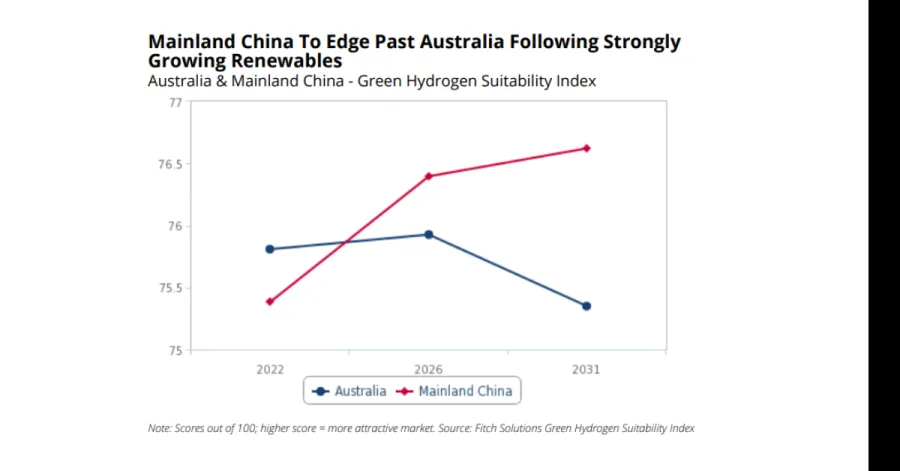
Australia, Mainland China top Green Hydrogen Suitability Index in Asia
China is expected to exceed Australia in the medium to long term.
Australia and Mainland China are the “outperforms” in the Green Hydrogen Suitability Index in Asia, according to a report by Fitch Solutions.
Australia garnered an index of 75.81, ranking first regionally and fourth globally, whilst Mainland China was second in the region and fifth in the world with a Green Hydrogen Sustainability Index of 75.39.
Fitch said Australia’s ranking is a reflection of the low risks in its market when developing green hydrogen production capabilities that are supported by a diverse and competitive renewables landscape, low financial barriers, and limited legal risks.
READ MORE: Reducing green hydrogen costs hangs on gov’t support
It added that the country, which has one of the least economic and political risks in Asia, has a strengthening pipeline of solar and wind projects that are also tied to hydrogen production.
Some of the government commitments toward a low-carbon energy transition include the A$454m Regional Hydrogen Hubs programme, reviewing the regulatory frameworks for hydrogen development, and developing an industry standard for hydrogen production in the country.
However, it said that China would exceed Australia’s performance for the medium to long term due to increasing market support.
It noted that the National Development and Reform Commission and the National Development and Reform Commission and the National Energy Administration have a long-term hydrogen plan for 2021 to 2035 which includes the production of 100,000 to 200,000 tonnes of green hydrogen by 2025.
“Having such a large base to feed renewable electricity to the green hydrogen production industry will present rewards for developers in the sector. We believe this strong growth of renewables in China will be the main contributor to the market’s strong performance to edge past Australia,” Fitch said.
China’s growing renewables sector, which is at about 1,195GW by the end-2022 and is expected to reach about 2,375GW in 2031, also supports the future expansion of green hydrogen production
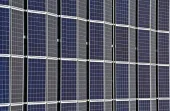


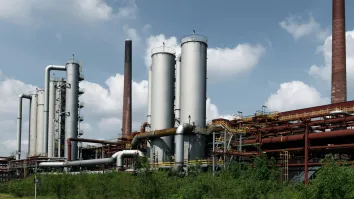
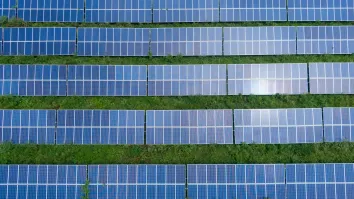
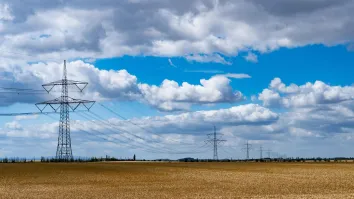













 Advertise
Advertise







